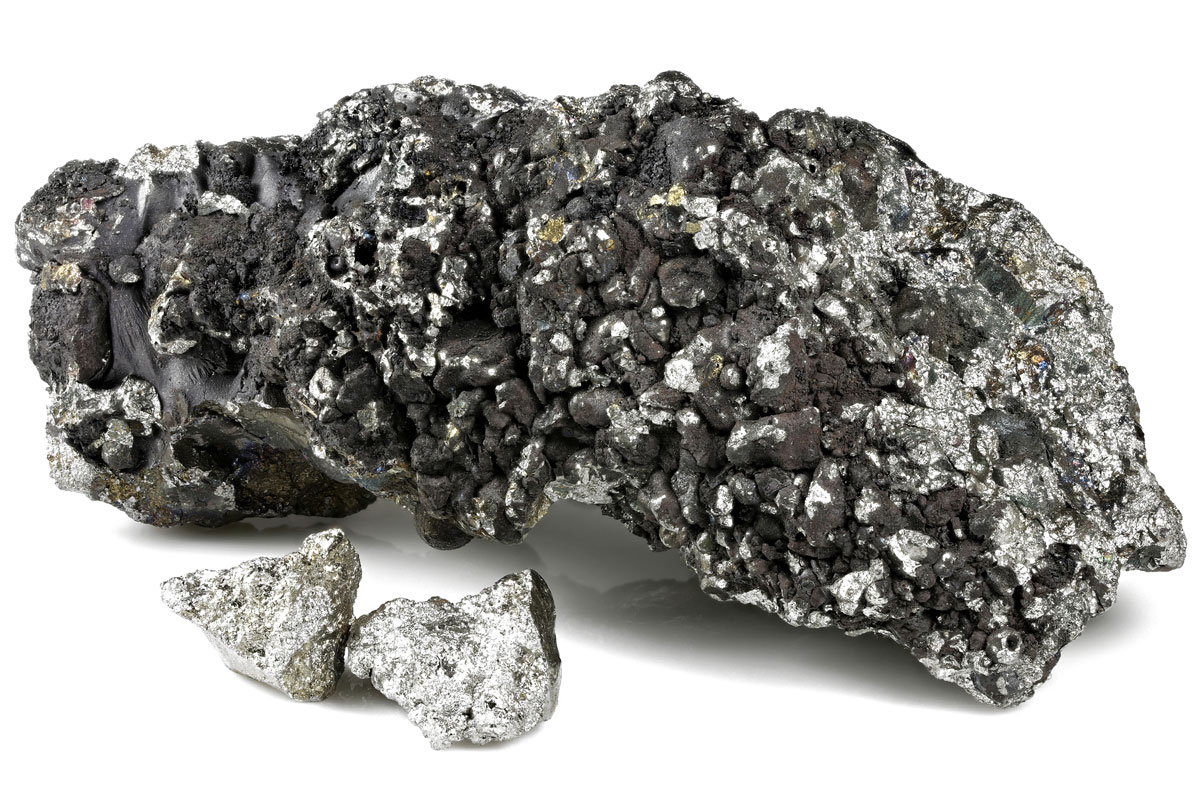Alloys have several benefits over using pure metals, including increased strength and improved corrosion resistance, but reinforcing alloys can enhance the properties of individual metals even further. Alloy reinforcement is key in creating a material that meets exact specifications. Manganese is one of the most critical elements in this process and, when added to aluminum and copper, turns them into more robust and versatile alloys.
Properties of Manganese
Manganese has a silvery-gray appearance and a density of 7.21 grams per cubic centimeter. Its low density doesn’t add much weight to other metals, which makes it an excellent choice for alloy reinforcement. The silvery-gray color can also enhance an alloy’s aesthetic appearance.
Additionally, manganese has a melting point of 2,275 degrees Fahrenheit (1,246 degrees Celsius), making it extremely durable when added to other metals. The high melting point of manganese makes it more stable under harsh environmental conditions.
Manganese also offers a high level of corrosion resistance. When adding manganese to other metals, it’s possible for some of the manganese ions to transfer to the base alloy—a process known as adsorption. The transfer of manganese ions makes the underlying alloy more resistant to corrosion.
Impact on Alloy Performance
On its own, manganese is a relatively brittle metal. However, it increases hardness when alloyed to specific metals. For example, manganese is harder than aluminum, so combining the two results in a durable alloy.
Another reason to add manganese to alloys is to increase tensile strength, or a material’s ability to withstand stretching, bending, or pulling without breaking. Increasing the manganese content of an alloy limits deformation, creating alloys that are well-suited to industrial applications.
Although manganese increases hardness, it doesn’t have an effect on ductility, or the degree to which a metal can have its shape changed. Therefore, a manganese-reinforced alloy has a high level of impact resistance. Increased hardness, tensile strength, and impact combine to create an alloy with an extended lifespan.
Adding Manganese to Aluminum and Copper
Adding manganese to aluminum increases the strength of the aluminum through a process known as solution strengthening. However, it doesn’t reduce corrosion resistance or ductility, which is why manganese-aluminum alloys are often used to produce heat exchangers, air conditioning coils, and other mechanical components.
When adding manganese to aluminum, the manganese goes through an oxidative process, forming a scale. This increases corrosion resistance in the finished manganese-aluminum alloy, which is essential for aerospace and marine applications. Manufacturers use these improved alloys to produce lightweight vehicle parts, high-conductivity wires, and aerospace frames.
Copper has a high level of electrical conductivity, but it’s susceptible to wear in harsh environments. Adding manganese preserves—and, in some cases, increases—the electrical conductivity of copper while increasing its mechanical strength and resistance to wear. Some manganese-copper alloys even have antimicrobial properties, making them ideal for medical and food industry applications.
Capitalize on the Transforming Effects of Manganese
On their own, copper and aluminum have several desirable properties. Adding manganese enhances these properties while increasing hardness, tensile strength, and resistance to wear. As a result, manganese alloys are indispensable across a wide range of sectors.
Belmont Metals provides a variety of manganese-enhanced alloys. Reach out to our team to determine which is best for your next project.

